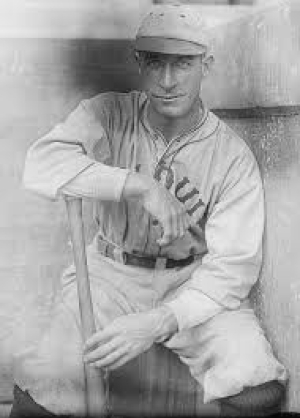Top 50 Baltimore Orioles
While it would seem to many that the Baltimore Orioles were a charter American League team, that was far from the case.
An inaugural team of the American League in 1901, the organization was initially known as the Milwaukee Brewers (no, not those Brewers). The association in Wisconsin lasted for only one season, as they relocated to St. Louis, and would be renamed as the Browns.
This change of scenery would last for over 50 years, but the Browns were not a powerhouse in the AL. They would only win the Pennant once in 1944, but they would not be able to win it all.
The competition with the St. Louis Cardinals of the National League would finally be their undoing, and they would move to Baltimore in 1954. The first few seasons were the same as they had been in St. Louis, but they methodically built a defensive gem of a team. The turning point would be a trade with the Cincinnati Reds, that netted them, Frank Robinson. Baltimore would win their first World Series in 1966, and secured their second title in 1970.
Baltimore would win their third World Series Championship in 1983.
This list is up to the end of the 2024 regular season.Note: Baseball lists are based on an amalgamation of tenure, traditional statistics, advanced statistics, playoff statistics, and post-season accolades.













